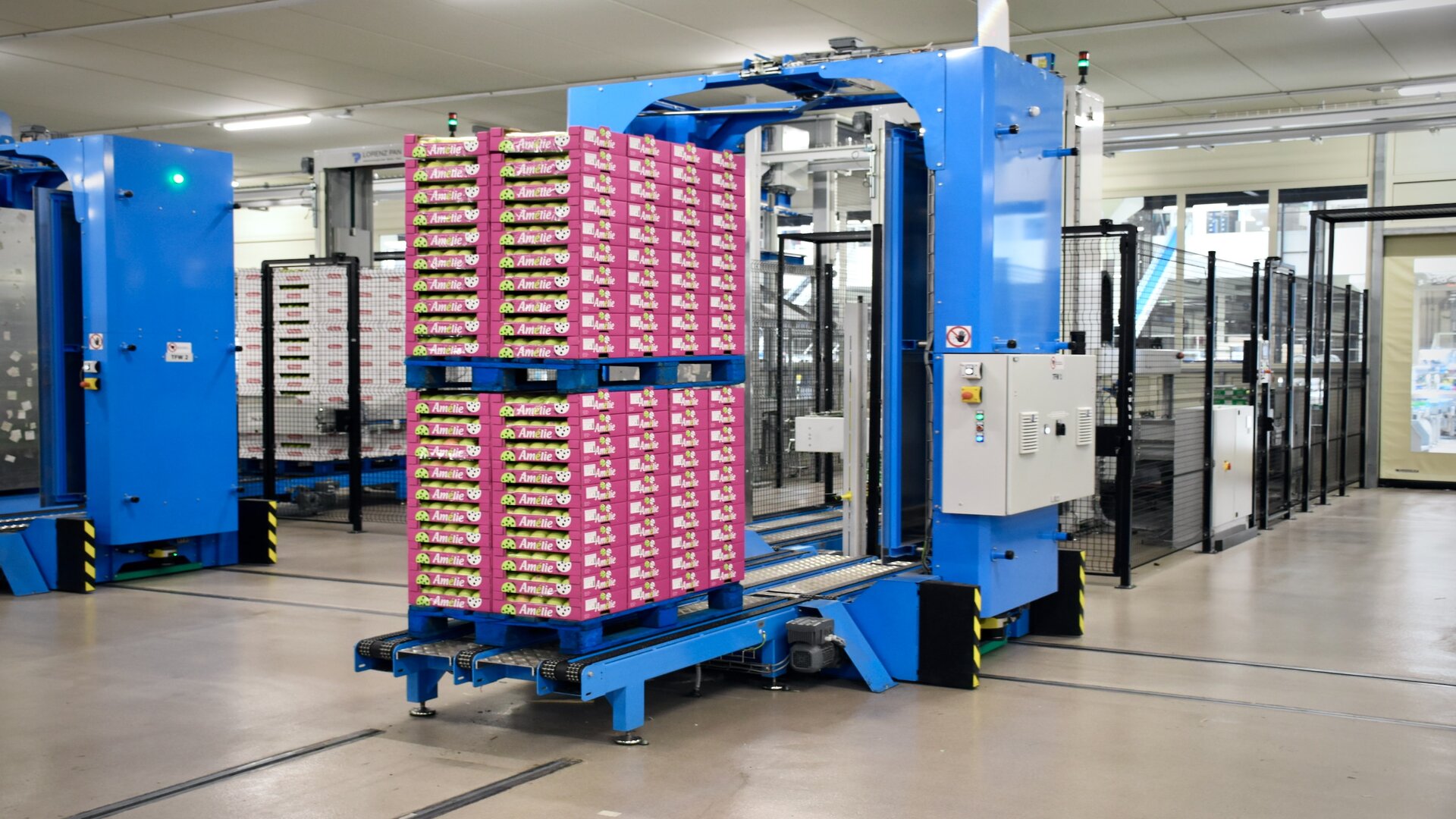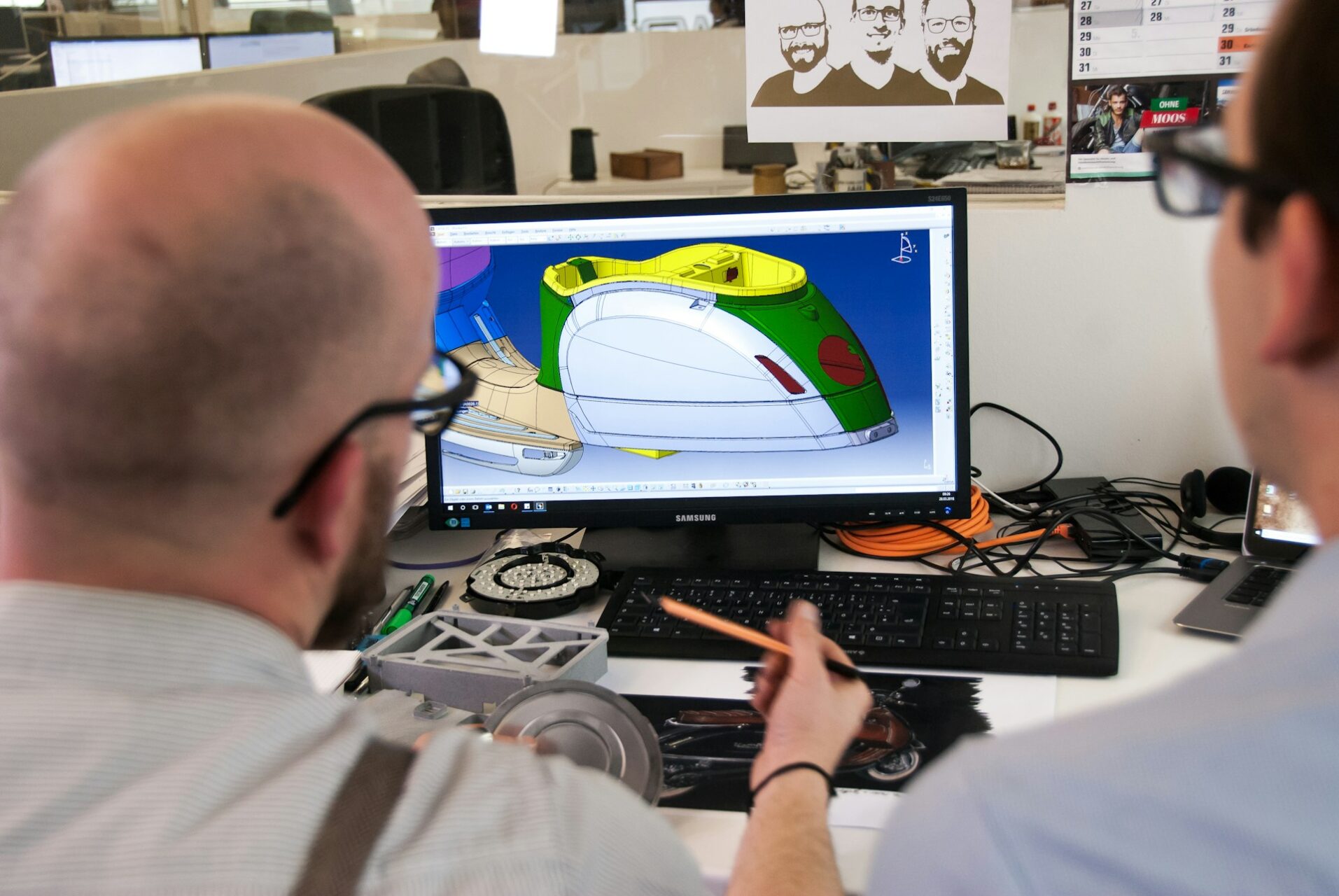
How Businesses Prepare for Success with Packaging Automation
November 10, 2023 - Lou Farrell
Revolutionized is reader-supported. When you buy through links on our site, we may earn an affiliate commision. Learn more here.
The race to the top depends on who will change with the tide. Success ebbs and flows and requires businesses to stay on the top of their game. To do this, companies need to adopt packaging automation and address different challenges that damper their growth, regardless of the industry to which they belong.
Packaging Automation Technologies for Modern Companies
Packaging automation leverages advanced technology and innovative business practices to help businesses stay relevant and competitive. So much so that 55% of consumer packaged goods representatives in a survey believe packaging and processing will benefit the most from automation.
Here are some technologies that help companies achieve their business goals.
Cobots
Collaborative robots are popular in various industries due to their safety and versatility. These robots can be programmed to do multiple tasks alongside human counterparts, augmenting workers’ abilities and increasing their productivity and efficiency. While cobots may move slower than industrial robots, they are significantly safer and provide a sense of security in production.
Many industries leverage the precision of cobots in their manufacturing and packaging processes. Cobots can be programmed to handle delicate tasks such as picking goods for packaging and quality control. Technicians can fit highly sophisticated sensors to detect manufacturing defects and reduce corrective actions.
Cobots are ideal for companies that want to improve their bottom line by supplementing the abilities of their employees and providing a safe and secure work environment. Maintaining a healthy labor force is an excellent way to increase productivity while lowering health care and insurance costs.
Palletizers
Businesses that deal with large orders understand the need for a robust packaging palletizer that can handle heavy payloads and awkwardly sized packages. Some automated palletizers are a subset of collaborative robots and can handle various tasks, such as stacking goods like boxes, bottles, bags and cartons.
Palletizers are prized for their speed, durability and versatility. They can quickly dispatch large batches of goods 24/7 to meet production demands while lowering operational costs. Automated palletizers also often utilize low-wear drivetrains to ensure they can handle rigorous tasks with minimal maintenance. These packaging robots are also quite versatile — adapting to various payload requirements and becoming one of the most helpful machines in any production line.
Companies that still depend on manual palletizing methods will instantly see a difference in productivity as soon as they switch to automated palletizers. Most automated palletizing systems are easy to install and program, making incorporating them into existing production processes easy.
Pick-and-Place Robots
Many businesses favor pick-and-place robots for their ability to do various tasks required in packaging and processing goods. Pick-and-place robots can handle different products and sort and package them quicker than manual workers could.
They also integrate other advanced technologies like precision scanning that helps eliminate errors during the continuous processing of orders. Other dedicated parts that contribute to the success of pick-and-place robots include effectors for gripping objects and other functions, controllers for synchronization and smooth operation and actuators that facilitate movement in various directions and axes
Pick-and-place robots can also take on repetitive tasks with maximum efficiency, improving the throughput and output of production lines. Manufacturing and e-commerce companies investing in this technology will benefit from decreased downtime and delegate workers to more strategic and impactful tasks.
Autonomous Mobile Robots (AMRs)
Smart warehouses are the future of logistics. They integrate multiple advanced technologies to streamline various processes and maximize efficiency while improving the bottom line. AMRs contribute to the success of these mega-structures by operating on a scale and efficiency that was unheard of decades ago.
Some AMRs operate on a grid and communicate with each other via 4G or 5G connectivity. They can complete various tasks like handling and transporting products from the sorting line to packaging. AMRs can also scale heights to reach tricky areas quickly and accurately, significantly improving productivity, reducing risks to workers and eliminating errors.
Companies investing in AMRs are already a step above their competitors. These robots offer early adopters a technical advantage, putting them ahead of the curve with lower operational costs and faster order processing.
Cartonization Systems
Companies from all industries can benefit from smarter packaging systems by minimizing the delivery packaging needed. Pre-made boxes and other packaging materials come in different sizes that can be wasteful and, sometimes, completely unnecessary.
Cartonization systems offer a custom-fit approach to packaging by using just the right amount of packaging material for each product that goes through the line. Internal sensors detect the products’ size and calculate the final packaging’s dimensions to ensure no material is wasted at the end of the process.
This smart system reduces the amount of packaging waste. It also increases the number of parcels transported by delivery trucks, saving companies time and money in the long run. This approach to packaging helps businesses and the environment by adhering to environmental laws and carbon footprint reduction best practices.
Benefits of Packaging Automation
Solutions to perennial business challenges like labor shortages, inefficient systems and an inability to keep up with fluctuating demands have become necessary rather than optional. Adopting a pro-automation stance will significantly benefit businesses from various industries. Some of these benefits include the following:
- Improved efficiency: Multiple automation technologies can handle tasks in a production line quicker than manual labor.
- Increased productivity: Packaging automation decreases downtime to increase throughput to meet growing demands.
- Improved safety: Packaging automation can reduce manual handling and pinch points by taking care of high-risk tasks.
- Reduced fatigue: Demanding tasks are delegated to machines to lessen the load of human workers.
- A solution to labor issues: Production managers can use automation to lower work-related risks and appoint less stressful tasks to help remedy high labor turnover.
- Maximized production spaces: Floorspace is crucial in optimizing packaging and processing areas. Packaging automation technologies often have smaller footprints than traditional conveyors.
Leveraging Technology to Stay Ahead of the Curve
The path to being an industry leader is fraught with many challenges. Companies wishing to stay competitive must adjust to the times and adopt modern technologies. Investing in packaging automation is an excellent way to future-proof processes and establish a foothold in any industry.
Revolutionized is reader-supported. When you buy through links on our site, we may earn an affiliate commision. Learn more here.




